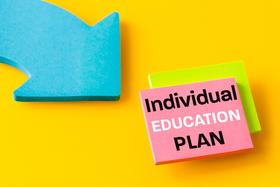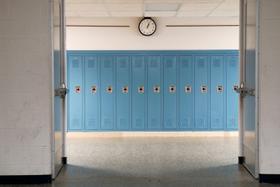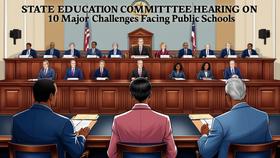A new GED examination is coming to states nationwide, promising to better prepare students for the rigors of higher education or the 21st-century workforce. The update marks the largest change to the exam in its 70-year history, and not everyone is on board with the new product 鈥� or its higher price tag. Is the new GED a necessity to maintain a competitive workforce in America, or will it price some students right out of high school completion?
Need for Revamping
The Washington Post reports that the new GED examination is scheduled to be introduced on a national level in January 2014. The exam is currently in a pilot phase in select locations and has received positive reviews from many who have taken the new test. The test is designed to assess skills and knowledge that are more relevant to the 21st century, including critical thinking skills, a deeper knowledge of mathematics, and basic computer literacy.
鈥淭he content has been aligned with the Common Core State Standards,鈥� Tiffany Cowie, public information officer for the Florida Department of Education, stated in a report from the . 鈥淭he new test will reflect the knowledge and skills required for current graduates.鈥�
The current GED exam is available in English, French, and Spanish. It covers five test areas: writing, reading, mathematics, science, and social studies. According to the website for GED Testing Service, the new exam will cover four test areas: literacy, mathematics, social studies, and science.

































